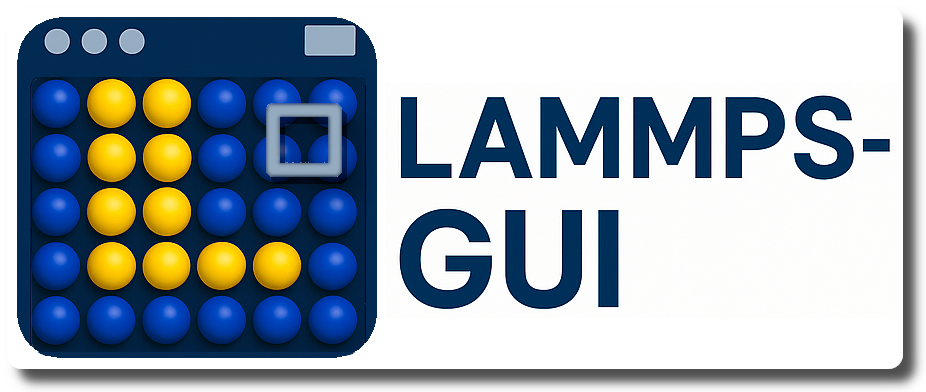\(\renewcommand{\AA}{\text{Å}}\)
10.6.3. Using LAMMPS-GUI

Changed in version 10Sep2025.
This page used to contain the documentation for LAMMPS-GUI. LAMMPS-GUI, however, is no longer bundled with LAMMPS and its documentation has moved to https://lammps-gui.lammps.org/